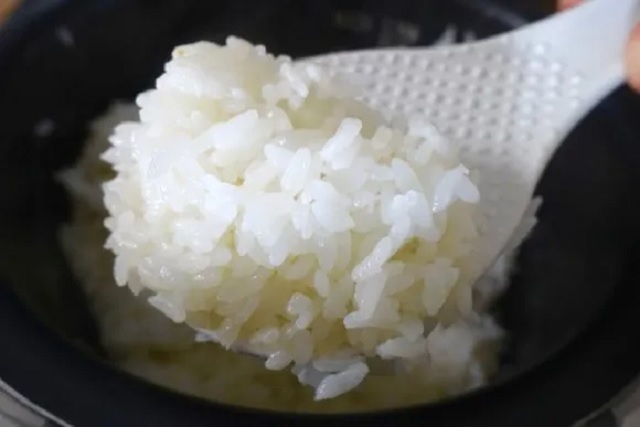
”Pack rice” and frozen rice leftovers can both save you time, but how much money does the cheaper option save you?
Rice is the cornerstone of the Japanese diet, a versatile and healthy staple that pairs with all sorts of side dishes. There’s a drawback, though, in that cooking an entire pot of rice takes a fair amount of time.
Even with a rice cooker on high-speed setting, you’re looking at around 30 to 40 minutes, which is more time than anyone wants to wait when their stomach is growling. Thankfully for those with more appetite than time, supermarkets and convenience stores in Japan also sell “pack rice” (pakku gohan in Japanese), vacuum-sealed trays of rice that you can warm up in the microwave in just two minutes.
▼ Pack rice
But there’s another way to have a piping hot bowl of white rice ready to go in just minutes…kind of. You can cook a pot of rice in your rice cooker, then put the leftovers in airtight containers or wrap them in plastic wrap, stick them in the freezer, and reheat them in the microwave the next time you want a serving of rice. Granted, you’ll still have to spend the time cooking the pot of rice to begin with, but for the subsequent meals, it’ll be as quick and easy as heating up pack rice.
▼ Stay cool, frozen rice containers. We’ll see you again at dinnertime.
So the question becomes which method to choose, and a big factor is which is cheaper, store-bought pack rice or self-made frozen rice? To find out, Japanese internet portal Financial Field crunched some numbers. The simulation assumes that you’ve got someone eating three 180-gram (6.3-ounce) servings of rice a day, one for breakfast, lunch, and dinner, and tries to take into account the total expenses involved with each method.
Starting with pack rice, different brands and stores charge different prices, but the scenario uses an estimated cost of 120 yen (US$0.80) per pack, a pretty average price for pack rice. With two minutes of required microwaving time and an electricity bill rate of 30 yen per kilowatt hour, that works out to 1.4 yen per microwave session.
OK, so what about cooking, then freezing, your own rice? Here the math gets more complicated. The simulation starts with a five-kilogram bag of uncooked rice that costs 2,288 yen, a figure from a 2022 Tokyo retail price survey conducted by the Ministry of Internal Affairs and Communications for Koshihikari, a popular strain of rice. However, polished rice become heavier as it cooks and absorbs water, so you only need to use 78 grams of uncooked rice to produce 180 grams of rice to be eaten, according to the Ministry of Agriculture, Forestry and Fisheries. Blending all that together, we arrive at an ingredient cost of 36 yen per eventual 180-gram bowl of edible rice.
Next there’s the electricity cost of the rice cooker to account for, with statistics from the Ministry of Economy, Trade and Industry saying one rice cooker cycle takes 0.158 kilowatt hours, which translates to 4.74 yen in electricity costs. Assuming you’re going to eat one serving or rice immediately after it’s cooked, then put the remaining two in the freezer and microwave them later, you’ve also got two 1.4-yen microwave sessions to add in as well.
Add all those costs up, and it turns out that using a rice cooker and freezing the leftovers is significantly cheaper than popping pack rice in the microwave before every meal.
● 3 servings of pack rice
Ingredients: 360 yen
3 microwave cycles: 4.2 yen
Total: 364.2 yen
● 3 servings of rice cooker and frozen leftover rice
Ingredients: 108 yen
1 rice cooker cycle: 4.74 yen
2 microwave cycles: 2.8 yen
Total: 115.54 yen
By this tally, cooking your own rice and freezing the leftovers is less than half the price, saving you almost 250 yen a day or close to 7,500 yen (US$50) a month. And that’s before getting into a few extra benefits that Financial Field didn’t take into consideration.
For starters, most rice cookers can handle more than three servings of rice at a time. Even if you’re not investing in a big family-sized unit, relatively compact rice cookers can pretty easily make six servings. Recalculating the cook-and-freeze costs above for a batch of six servings (one eaten right away and five frozen) gives us 227.74 yen for six servings, or 113.87 for two. That may not make a huge difference compared to cooking/freezing three servings at a time, but it also means you’re only having to run your rice cooker once every other day, so you’re saving a lot of money without spending all that much time waiting for rice to cook. It’s also worth emphasizing that all of these savings get multiplied if you’re living with other people, such as a roommate, live-in boyfriend/girlfriend, spouse, or kids.
There are, however, some costs associated with cooking your own rice that the simulation doesn’t take into account. Unlike with pack rice, you have to add water when using a rice cooker, and you’ll also be using water, and dish soap, to wash the pot after each cooking session, plus gas to heat the hot water. You’ll also need to buy some plastic containers or wrap for the rice you’re freezing, but those costs seem pretty negligible, what with containers being reusable and available at 100 yen shops. Speaking of containers, if you’re environmentally minded, cooking and freezing your rice will also help you cut down on plastic waste, as pack rice containers are single-use designs.
All that said, on a one-time basis, the difference of a few hundred yen isn’t likely to make or break anyone’s budget. But if you’re making rice a regular part of your diet in Japan, the modest time investment of running your rice cooker once every half dozen rice-inclusive meals or so can really pay off.
Source: Financial Field via Yahoo! Japan News via Jin
Photos ©SoraNews24
● Want to hear about SoraNews24’s latest articles as soon as they’re published? Follow us on Facebook and Twitter!

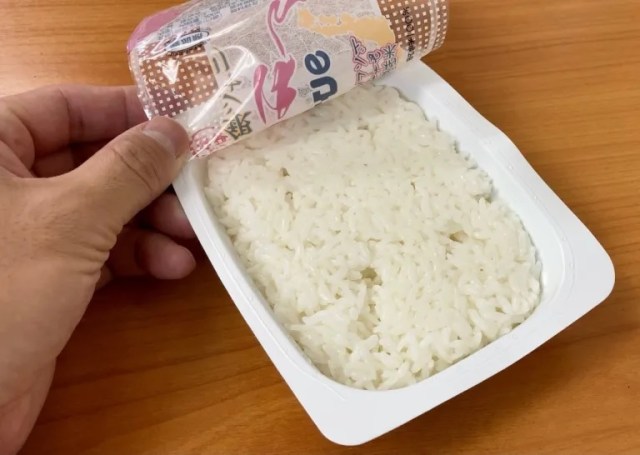
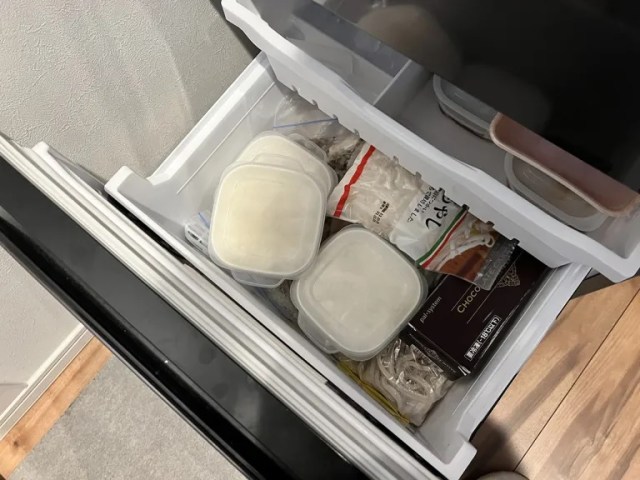
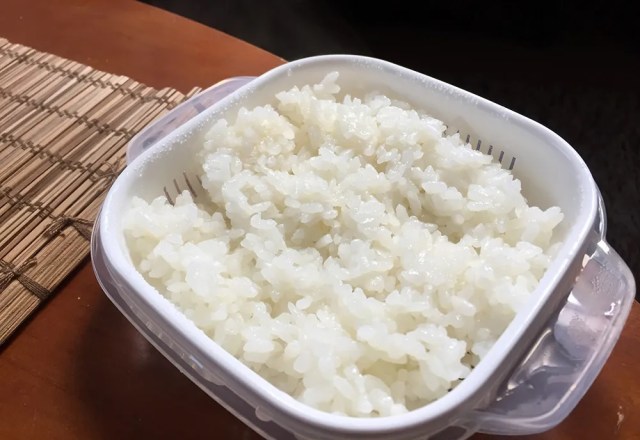
 New Japanese bowl-shaped donburi rice cooker cooks rice and toppings at the same time
New Japanese bowl-shaped donburi rice cooker cooks rice and toppings at the same time Japan’s one-person bento box-sized rice cooker can give you freshly cooked rice at the office
Japan’s one-person bento box-sized rice cooker can give you freshly cooked rice at the office Japan has an awesome one-person bento box rice cooker, and here’s what we made with ours
Japan has an awesome one-person bento box rice cooker, and here’s what we made with ours Carry your change in a rice cooker coin case from Japan!
Carry your change in a rice cooker coin case from Japan! Why throw away your leftover ramen broth when you can use it to make awesome ramen rice instead?
Why throw away your leftover ramen broth when you can use it to make awesome ramen rice instead? Foreigner’s request for help in Tokyo makes us sad for the state of society
Foreigner’s request for help in Tokyo makes us sad for the state of society Japanese city loses residents’ personal data, which was on paper being transported on a windy day
Japanese city loses residents’ personal data, which was on paper being transported on a windy day Should you add tartar sauce to Japanese curry rice? CoCo Ichi makes diners an unusual offer
Should you add tartar sauce to Japanese curry rice? CoCo Ichi makes diners an unusual offer Seaside scenery, history, and so many desserts on Yokohama’s Akai Kutsu【Japan Loop Buses】
Seaside scenery, history, and so many desserts on Yokohama’s Akai Kutsu【Japan Loop Buses】 Ghibli Park now selling “Grilled Frogs” from food cart in Valley of Witches
Ghibli Park now selling “Grilled Frogs” from food cart in Valley of Witches French Fries Bread in Tokyo’s Shibuya becomes a hit on social media
French Fries Bread in Tokyo’s Shibuya becomes a hit on social media Mt. Koya planning to instate visitor’s tax to cope with huge tourist numbers
Mt. Koya planning to instate visitor’s tax to cope with huge tourist numbers Harajuku Station’s beautiful old wooden building is set to return, with a new complex around it
Harajuku Station’s beautiful old wooden building is set to return, with a new complex around it Suntory x Super Mario collaboration creates a clever way to transform into Mario【Videos】
Suntory x Super Mario collaboration creates a clever way to transform into Mario【Videos】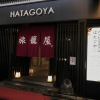 Tokyo capsule hotel’s low month-long rates are an awesome way to sample life in Japan’s capital
Tokyo capsule hotel’s low month-long rates are an awesome way to sample life in Japan’s capital McDonald’s new Happy Meals offer up cute and practical Sanrio lifestyle goods
McDonald’s new Happy Meals offer up cute and practical Sanrio lifestyle goods Japanese ramen restaurants under pressure from new yen banknotes
Japanese ramen restaurants under pressure from new yen banknotes Studio Ghibli releases new action figures featuring Nausicaä of the Valley of the Wind characters
Studio Ghibli releases new action figures featuring Nausicaä of the Valley of the Wind characters New private rooms on Tokaido Shinkansen change the way we travel from Tokyo to Kyoto
New private rooms on Tokaido Shinkansen change the way we travel from Tokyo to Kyoto Red light district sushi restaurant in Tokyo shows us just how wrong we were about it
Red light district sushi restaurant in Tokyo shows us just how wrong we were about it Tokyo Tsukiji fish market site to be redeveloped with 50,000-seat stadium, hotel, shopping center
Tokyo Tsukiji fish market site to be redeveloped with 50,000-seat stadium, hotel, shopping center All-you-can-drink Starbucks and amazing views part of Tokyo’s new 170 meter-high sky lounge
All-you-can-drink Starbucks and amazing views part of Tokyo’s new 170 meter-high sky lounge Beautiful Ghibli sealing wax kits let you create accessories and elegant letter decorations【Pics】
Beautiful Ghibli sealing wax kits let you create accessories and elegant letter decorations【Pics】 Studio Ghibli releases Kiki’s Delivery Service chocolate cake pouches in Japan
Studio Ghibli releases Kiki’s Delivery Service chocolate cake pouches in Japan New definition of “Japanese whiskey” goes into effect to prevent fakes from fooling overseas buyers
New definition of “Japanese whiskey” goes into effect to prevent fakes from fooling overseas buyers Our Japanese reporter visits Costco in the U.S., finds super American and very Japanese things
Our Japanese reporter visits Costco in the U.S., finds super American and very Japanese things Studio Ghibli unveils Mother’s Day gift set that captures the love in My Neighbour Totoro
Studio Ghibli unveils Mother’s Day gift set that captures the love in My Neighbour Totoro More foreign tourists than ever before in history visited Japan last month
More foreign tourists than ever before in history visited Japan last month New Pokémon cakes let you eat your way through Pikachu and all the Eevee evolutions
New Pokémon cakes let you eat your way through Pikachu and all the Eevee evolutions Sales of Japan’s most convenient train ticket/shopping payment cards suspended indefinitely
Sales of Japan’s most convenient train ticket/shopping payment cards suspended indefinitely Sold-out Studio Ghibli desktop humidifiers are back so Totoro can help you through the dry season
Sold-out Studio Ghibli desktop humidifiers are back so Totoro can help you through the dry season Japanese government to make first change to romanization spelling rules since the 1950s
Japanese government to make first change to romanization spelling rules since the 1950s Ghibli founders Toshio Suzuki and Hayao Miyazaki contribute to Japanese whisky Totoro label design
Ghibli founders Toshio Suzuki and Hayao Miyazaki contribute to Japanese whisky Totoro label design Doraemon found buried at sea as scene from 1993 anime becomes real life【Photos】
Doraemon found buried at sea as scene from 1993 anime becomes real life【Photos】 Tokyo’s most famous Starbucks is closed
Tokyo’s most famous Starbucks is closed One Piece characters’ nationalities revealed, but fans have mixed opinions
One Piece characters’ nationalities revealed, but fans have mixed opinions We asked a Uniqlo employee what four things we should buy and their suggestions didn’t disappoint
We asked a Uniqlo employee what four things we should buy and their suggestions didn’t disappoint Princesses, fruits, and blacksmiths: Study reveals the 30 most unusual family names in Japan
Princesses, fruits, and blacksmiths: Study reveals the 30 most unusual family names in Japan This amazing Weipa recipe tastes every bit like fried rice without frying rice
This amazing Weipa recipe tastes every bit like fried rice without frying rice We test Daiso’s new storage container to see if it keeps rice fluffy even after freezing
We test Daiso’s new storage container to see if it keeps rice fluffy even after freezing Rice cooker cooking: Bacon onion rice is amazingly easy, awesomely delicious
Rice cooker cooking: Bacon onion rice is amazingly easy, awesomely delicious How to cook rice in a Ziploc container【SoraKitchen】
How to cook rice in a Ziploc container【SoraKitchen】 Nametake tuna rice: A delicious rice cooker recipe using just three ingredients【SoraKitchen】
Nametake tuna rice: A delicious rice cooker recipe using just three ingredients【SoraKitchen】 Minimal effort, loads of flavor: Make juicy roast beef in your rice cooker with vacuum cooking!
Minimal effort, loads of flavor: Make juicy roast beef in your rice cooker with vacuum cooking! An adorably awesome use for Japan’s mini rice cooker capsule toys: Pet bird feeders!【Video】
An adorably awesome use for Japan’s mini rice cooker capsule toys: Pet bird feeders!【Video】 Tokyo restaurant’s crazy huge rice omelet has 600 grams (1.3 pounds) of rice
Tokyo restaurant’s crazy huge rice omelet has 600 grams (1.3 pounds) of rice Can we really become YouTubers with the Thanko YouTuber Debut fukubukuro lucky bag?
Can we really become YouTubers with the Thanko YouTuber Debut fukubukuro lucky bag? Bread, noodles, and rice. We try ALL THE CARBS together with interesting results 【Rocket Kitchen】
Bread, noodles, and rice. We try ALL THE CARBS together with interesting results 【Rocket Kitchen】 How do other flavors of ice cream rice compare to Meiji’s matcha ice cream rice recipe?
How do other flavors of ice cream rice compare to Meiji’s matcha ice cream rice recipe? Eat all of your rice! Culture connections with Japan’s favorite food
Eat all of your rice! Culture connections with Japan’s favorite food We turn Japanese bamboo shoot rice dish into a delectable dessert【RocketKitchen】
We turn Japanese bamboo shoot rice dish into a delectable dessert【RocketKitchen】 Kaki gohan – A super-easy, super-tasty rice cooker treat to make this autumn【Recipe】
Kaki gohan – A super-easy, super-tasty rice cooker treat to make this autumn【Recipe】 How to make a delicious tempura nothing bowl without any actual cooking【SoraKitchen】
How to make a delicious tempura nothing bowl without any actual cooking【SoraKitchen】
Leave a Reply